The term iridescence derives from Iris, the Greek goddess of the rainbow, and refers to a vibrant optical effect of rainbow-like colours that change in the light. Found on pearls and insect wings, iridescence derives from the natural world’s multidimensional colour and organic forms. Since the Middle Ages, designers have experimented with ways to achieve an iridescent effect on the surface of glass and ceramics, and incorporate naturally iridescent materials such as mother of pearl into their jewellery and metalwork. Featuring objects from the Cooper Hewitt’s collection, this exhibition demonstrates how iridescence has maintained a lasting impact on design. Find out more about ‘Iridescence’ from Cooper Hewitt’s website.
Preview the exhibition below | See Apollo’s Picks of the Week here
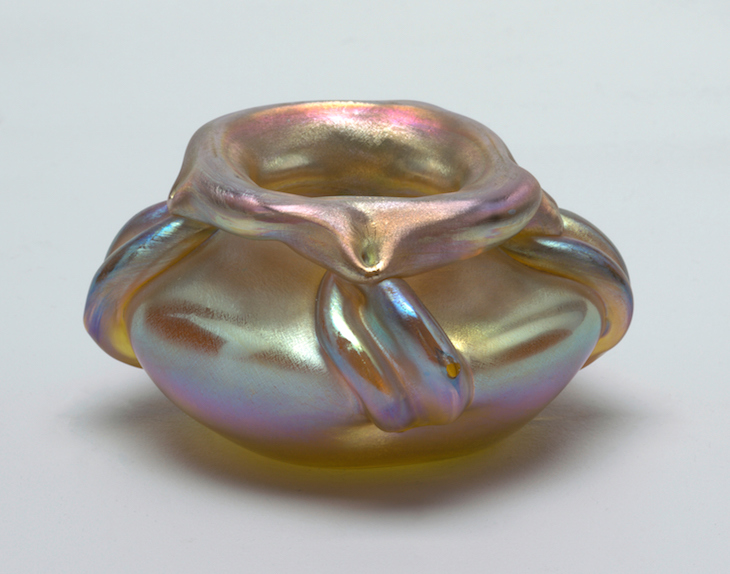
Vase (c. 1895/96), designed by Louis Comfort Tiffany, produced by Tiffany Glass and Decorating Company. Photo: © Cooper Hewitt, Smithsonian Design Museum
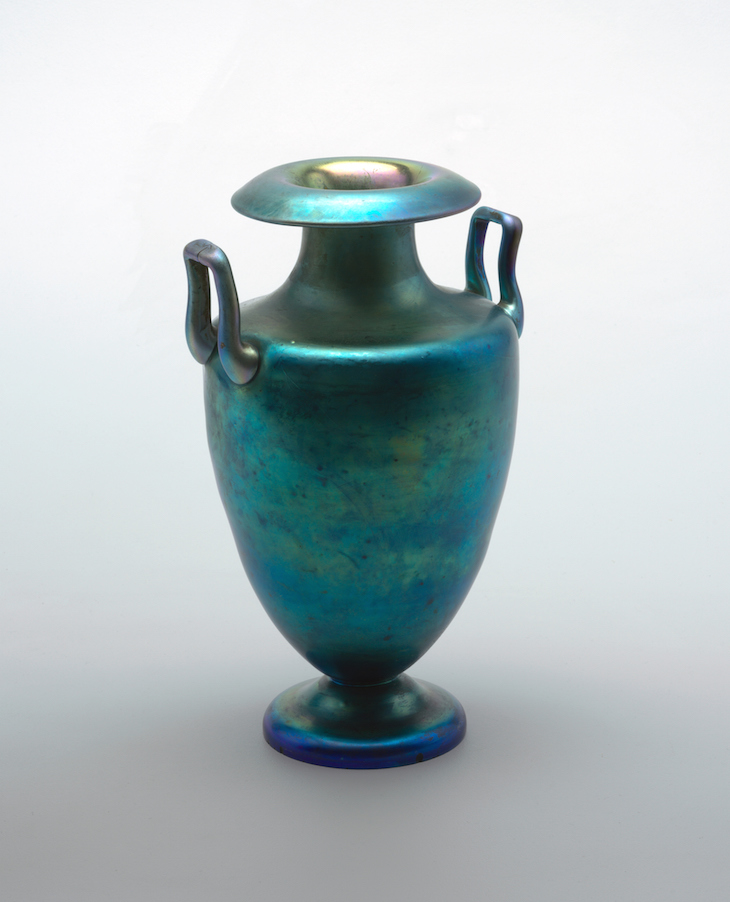
Vase (1920–29), designed by Frederick Carder; made by Steuben Glass Works
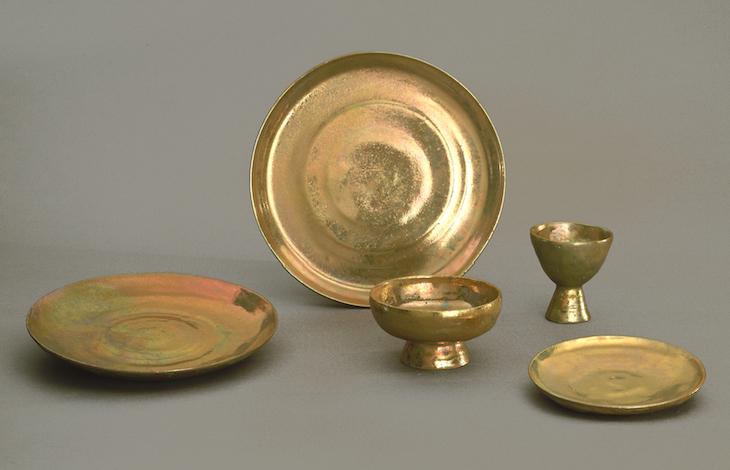
Place setting from service for 12 (1972/73), designed and made by Beatrice Wood. Photo © Cooper Hewitt, Smithsonian Design Museum
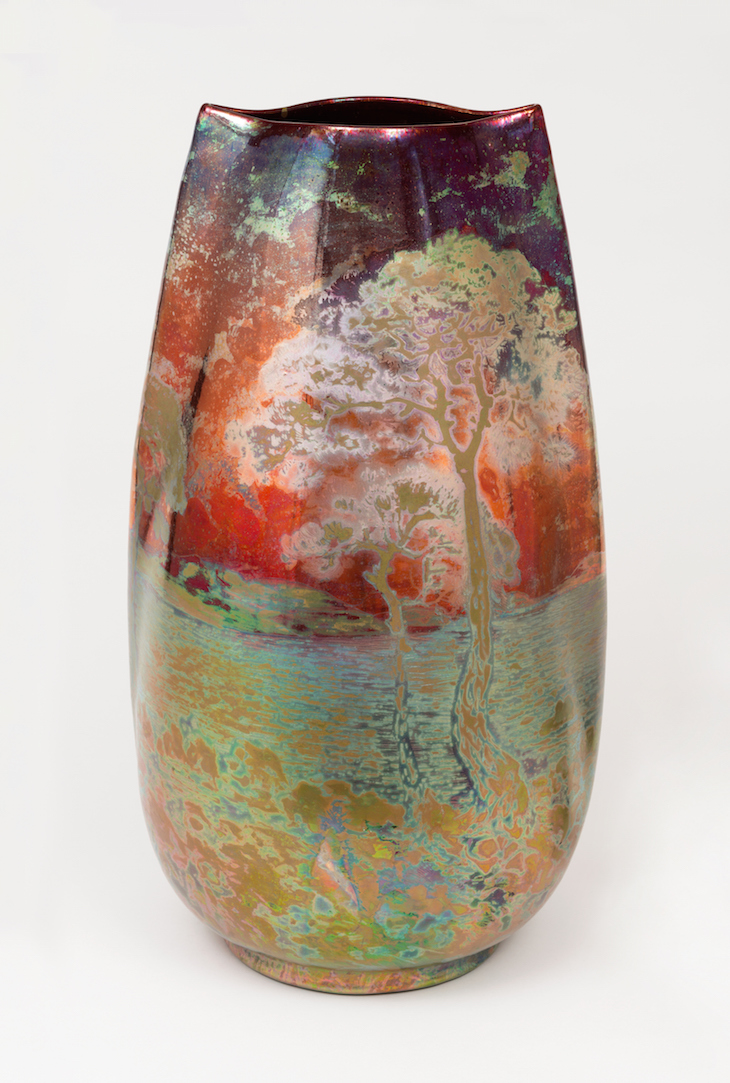
Grand Seascape with Trees vase (c. 1900), designed by Clément Massier Photo: © Cooper Hewitt, Smithsonian Design Museum
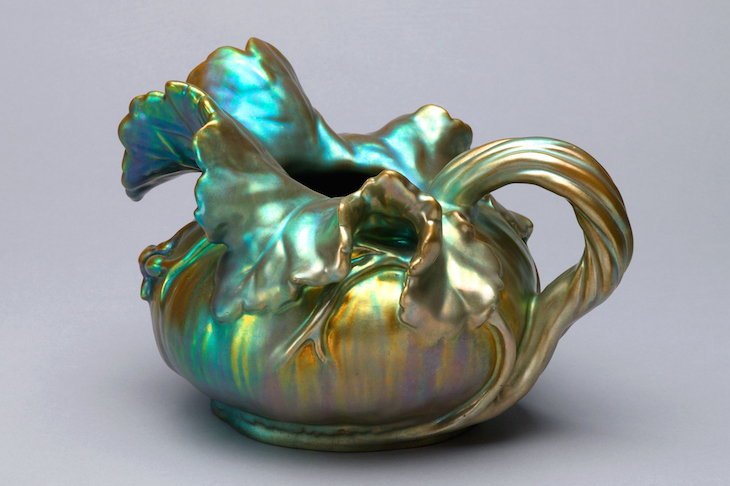
Leaf pitcher (c. 1901). designed by Lajos Mack; manufactured by Zsolnay, Pëcs Factory.










![Masterpiece [Re]discovery 2022. Photo: Ben Fisher Photography, courtesy of Masterpiece London](http://www.apollo-magazine.com/wp-content/uploads/2022/07/MPL2022_4263.jpg)
It’s time for the government of London to return to its rightful home